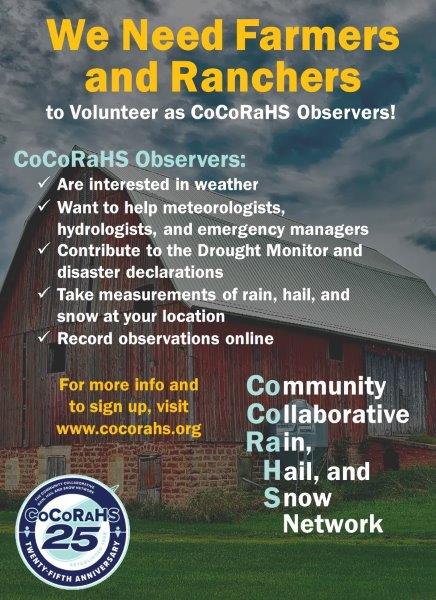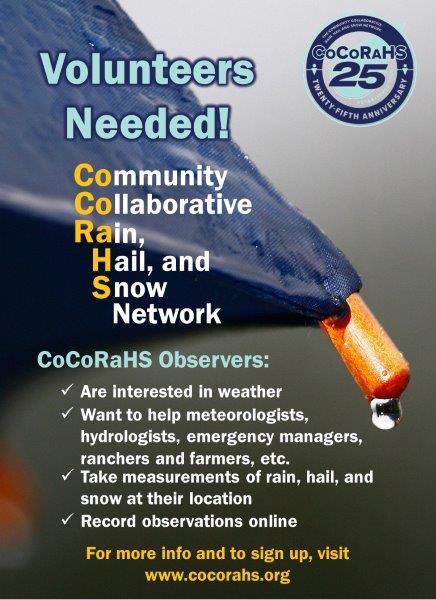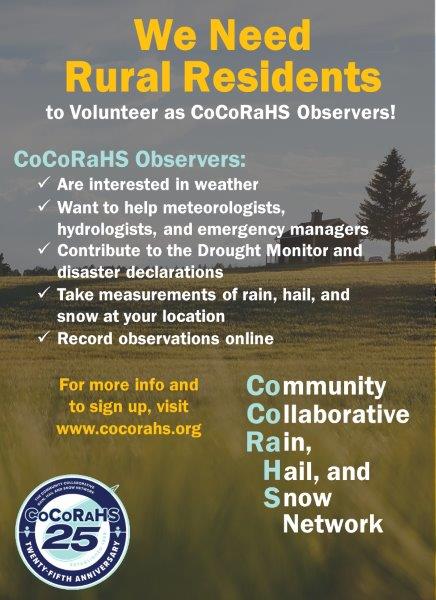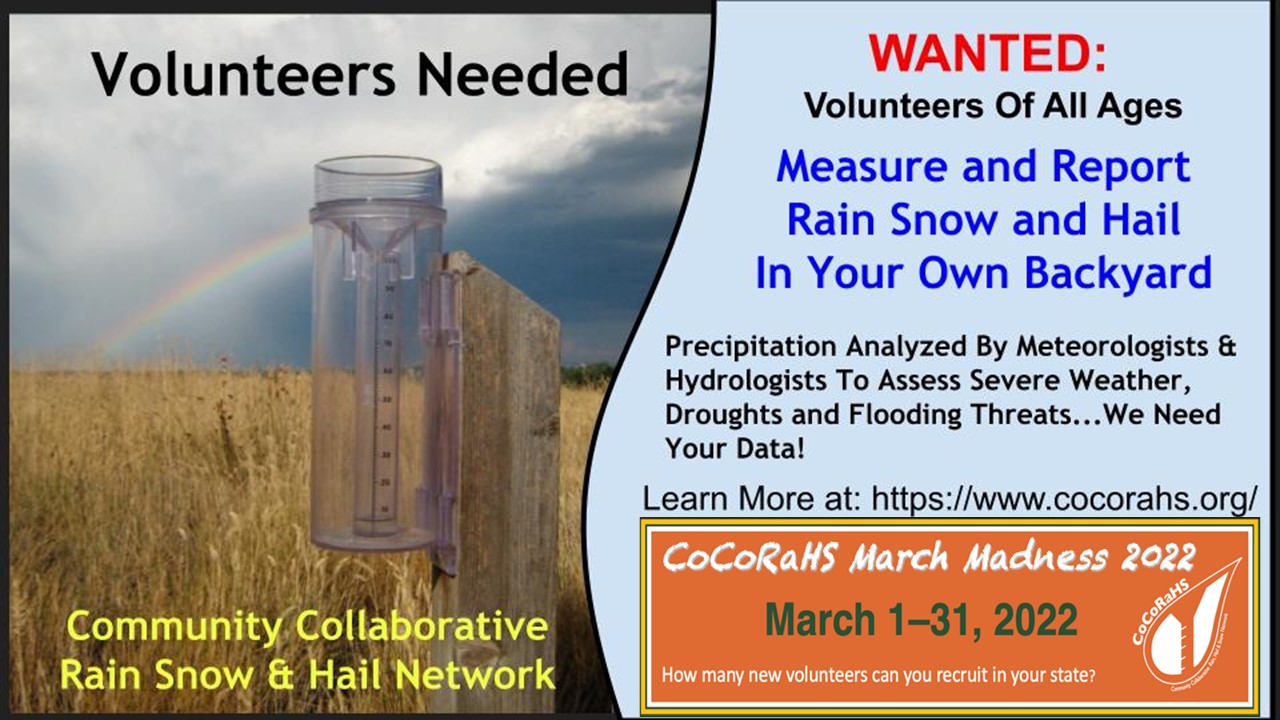
A strong atmospheric river will continue heavy rain over southern California through Friday. The heaviest rainfall is ongoing today in the Los Angeles Basin. Flash and urban flooding is possible. A prolonged heavy snowfall has begun over the Sierra Nevada Mountains and will continue through Friday. Travel will become increasingly difficult over the passes due to snow and strong winds. Read More >
When Close Isn't Close Enough
|
As the old adage goes “If you don’t like the weather in South Dakota, wait 5 minutes.” Nobody knows this more than our South Dakota farmers and ranchers. They will be the first to tell you that there is significant variability in weather at any one location throughout the year. And we aren’t talking west river versus east river, it can be on a very small scale from neighbor to neighbor! When your livelihood depends on that half inch of rain or the fact that the hailstorm tracked one mile south of your corn crop, you become very in tune with Mother Nature. The National Weather Service (NWS) offices maintain an official network of volunteer observers who report daily. Unfortunately, resources only allow the NWS to maintain one or two of these observers per county. This data gives a close approximation for what is going on across the region. But, when Mother Nature is in a bad mood, “close” observations might not be good enough. Besides, farming and ranching is a lot harder than playing horseshoes or throwing hand grenades, right? This becomes even more obvious when the opportunity arises for governments or individuals to apply for monetary assistance, which is most necessary to get through the tough weather years. Being “close” when numbers are fed into these types of calculations can leave some people out in the cold (weather pun intended). That’s where the volunteer weather observer program comes in. It’s called the Community Collaborative Rain Hail and Snow network or CoCoRaHS. This network of volunteer citizen-scientists report daily precipitation totals to supplement data collected by the NWS. There is no fee for participating, the only requirements are that you learn how to take accurate observations, that you report at a consistent period every day and that you purchase a “four inch” rain gauge, which meteorologists consider to be an accurate precipitation measuring tool. The “swag“ rain gauge you got at the state fair or $2 gauge from the hardware store is not accurate enough! You’ll notice the word “volunteer” was mentioned twice now. Neither NWS official observers nor CoCoRaHS observers are paid. However, tracking the weather with numbers, instead of intuition, pays you back in dividends when you need it most. First, by becoming a CoCoRaHS observer you will enter the data using the website or the app, which will give you a running history of all your observations. This reference is invaluable when making farming or ranching decisions; we know your agronomist will agree! Second, the data is shared with important agencies who run the assistance calculations we mentioned previously. Those include the US Department of Agriculture, the National Drought Mitigation Center, the Federal Emergency Management Agency, the National Weather Service and your state climatologist, just to name a few. While March is the month of luck, let’s not leave weather observing up to chance or to being “close enough”. Sign up to become a CoCoRaHS weather observer today: www.cocorahs.org. |
 Click here for a printable CoCoRaHS brochure |
 |
 |
 |
 |
Media use of NWS Web News Stories is encouraged! Please acknowledge the NWS as the source of any news information accessed from this site. |
 |